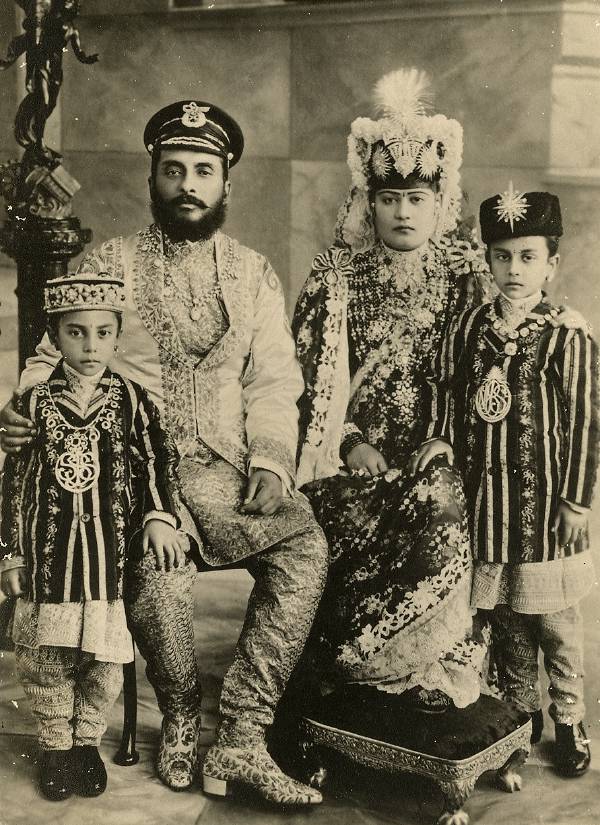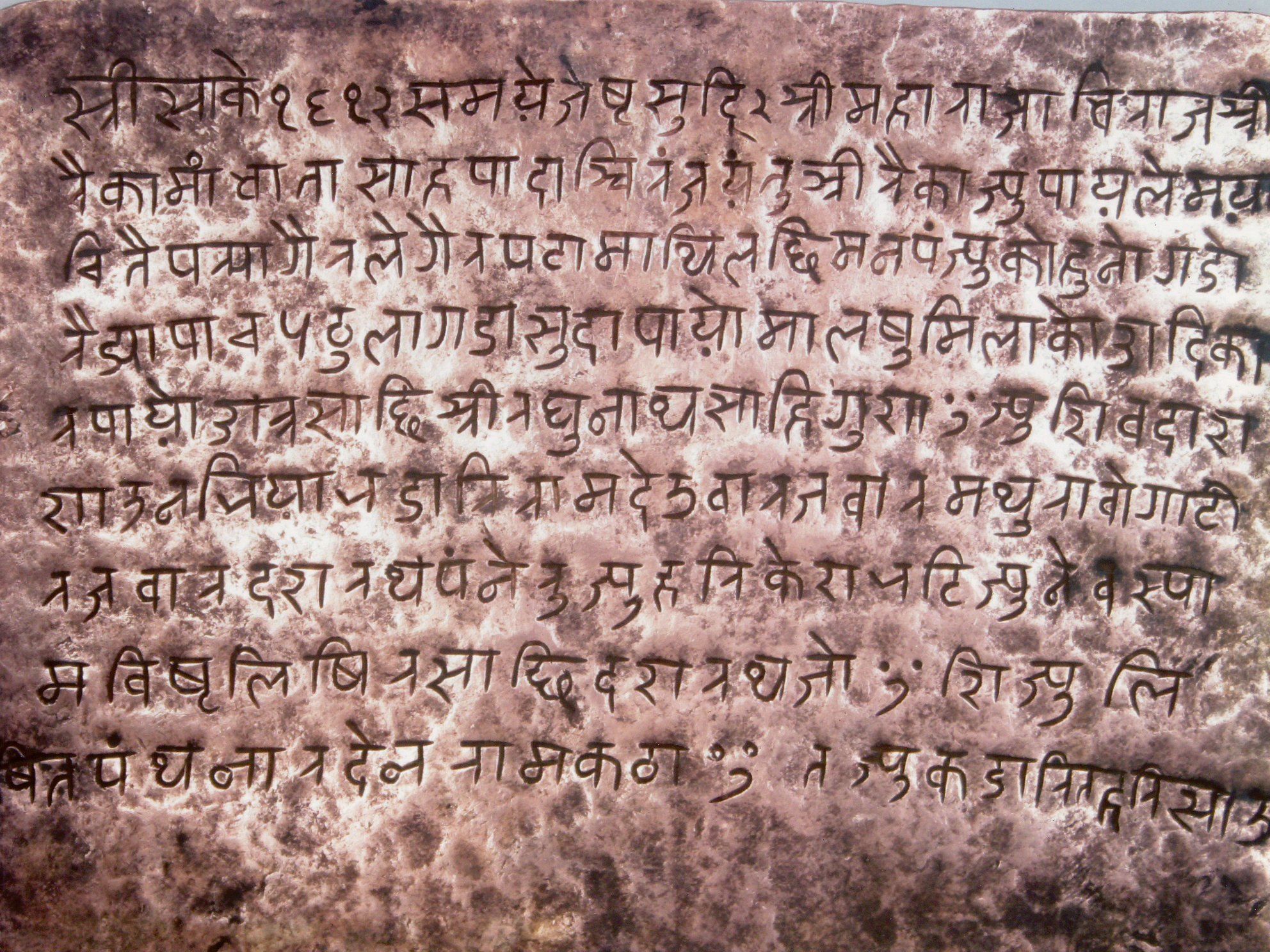|
Koirala Family
Koirala family ( Nepali: कोइराला परिवार) is one of the most prominent political families of Nepal. The Koirala family are Khas Bahuns (Hill Brahmins) and were original inhabitants of Dumja village in the Sindhuli district of the Bagmati Province of Nepal. Krishna Prasad Koirala, a Rana-era socio-political activist, was exiled to Bihar, India by then Prime Minister Maharaja Chandra Sumsher. Four members of the family, including three brothers ( Matrika Prasad Koirala, B. P. Koirala and Girija Prasad Koirala) and their maternal cousin Sushil Koirala, have been Prime Ministers of Nepal. Family members Father: Krishna Prasad Koirala Sons: # Matrika Prasad Koirala (1912–1997) ex-prime minister # Bishweshwar Prasad Koirala (1914–1982) ex-prime minister # Keshav Prasad Koirala (1922–1974) # Tarini Prasad Koirala (1923–1973) politician, journalist, writer # Girija Prasad Koirala (1925–2010) ex-prime minister Daughters: # Sauri Koir ... [...More Info...] [...Related Items...] OR: [Wikipedia] [Google] [Baidu] |
Political Family
A political family (also referred to as political dynasty) is a family in which multiple members are involved in politics — particularly Election, electoral politics. Members may be related by consanguinity, blood or marriage; often several generations or multiple siblings may be involved. A royal family or dynasty in a monarchy is generally considered to not be a "political family," although the later descendants of a royal family have played political roles in a republic (such as the Arslan family of Lebanon). A family dictatorship is a form of hereditary dictatorship that operates much like an absolute monarchy, yet occurs in a nominally non-monarchic state. United States In the United States, many political families (having at least two generations serving in political office) have arisen since the country's founding. Presidential Several presidential families produced multiple generations of members who devoted at least part of their working lives to public service. *The ... [...More Info...] [...Related Items...] OR: [Wikipedia] [Google] [Baidu] |
Mahesh Acharya
Mahesh Acharya () was the minister of Forest and Soil Conservation of Nepal under the government led by Sushil Koirala. Acharya won the Morang–6 seat in Nepalese Constituent Assembly election, 2013 from the Nepali Congress. Acharya is the member of the 2nd Nepalese Constituent Assembly, he is a central member of Nepali congress, Acharya plunged into politics since panchayat era from NC, by taking part in the anti-panchayat movement with leaders including Bishweshwar Prasad Koirala, Girija Prasad Koirala. Personal life Mahesh Acharya was born to Ganesh Prasadh Acharya and Shanta Acharya on 6 August 1954 in Biratnagar, Nepal. Political career He participated in 1989 and 2006 democratic movements too. From various committees of Nepal Student Union Nepal Students' Union ( NSU) is the largest student political wings in Nepal. The Nepal Student's Union represents the Nepali Congress. During the autocratic King's rule (''Panchayati Byawastha''), the union played a major role in ... [...More Info...] [...Related Items...] OR: [Wikipedia] [Google] [Baidu] |
Chandra Shumsher Jung Bahadur Rana
Field-Marshal His Highness Maharaja Sri Teen Chandra Shumsher Jung Bahadur Rana (8 July 1863 – 26 November 1929) was the Prime Minister of Nepal from the Rana dynasty. He served in this capacity from 27 June 1901 to his death in 1929 after he successfully deposed his liberal and reformist brother Dev Shamsher. Although generally perceived as despotic and conservative, he is credited with several reforms including the abolition of slavery and establishing the Nepal-Britain Treaty of 1923, which recognised Nepal as an independent nation and an ally of Britain. Family and early life Chandra Shumsher was the sixth of the seventeen sons of Dhir Shumsher Rana (the youngest brother of the Rana dynasty founder Jung Bahadur Rana) through his Thapa wife Nanda Kumari, of whom he was the third son. He was educated in Kolkata and thus became the first Nepalese Prime Minister who had passed matriculation examination. In the convocation address of 1884, the Vice Chancellor of Calcutta U ... [...More Info...] [...Related Items...] OR: [Wikipedia] [Google] [Baidu] |
Bihar
Bihar ( ) is a states and union territories of India, state in Eastern India. It is the list of states and union territories of India by population, second largest state by population, the List of states and union territories of India by area, 12th largest by area, and the List of Indian states and union territories by GDP, 14th largest by GDP in 2024. Bihar borders Uttar Pradesh to its west, Nepal to the north, the northern part of West Bengal to the east, and Jharkhand to the south. Bihar is split by the river Ganges, which flows from west to east. On 15 November 2000, a large chunk of southern Bihar was ceded to form the new state of Jharkhand. Around 11.27% of Bihar's population live in urban areas as per a 2020 report. Additionally, almost 58% of Bihari people, Biharis are below the age of 25, giving Bihar the highest proportion of young people of any Indian state. The official language is Hindi, which shares official status alongside that of Urdu. The main native languag ... [...More Info...] [...Related Items...] OR: [Wikipedia] [Google] [Baidu] |
Bagmati Province
Bagmati Province (, ''Bāgmatī pradēśa'') is one of the seven Provinces of Nepal, provinces of Nepal established by the constitution of Nepal. Bagmati is Nepal's second-most populous province and fifth largest province by area. It is bordered by Tibet Autonomous Region of China to the north, Gandaki Province to the west, Koshi Province to the east, Madhesh Province and the Indian state of Bihar to the south. With Hetauda as its provincial headquarters, the province is also the home to the country's capital Kathmandu, is mostly hilly and mountainous, and hosts mountain peaks including Gaurishankar, Langtang, Himalayas, Jugal, and Ganesh Himal, Ganesh. Being the second most populous province of Nepal, it possesses rich cultural diversity with resident communities and castes including Thami (Thangmi) (Shneiderman, 2009, 2015; Turin, 1998), Newar people, Newar, Tamang people, Tamang,Sherpa people, Sherpa, Tharu people, Tharu, Chepang people, Chepang, Jirel people, Jirel, Brahmin, ... [...More Info...] [...Related Items...] OR: [Wikipedia] [Google] [Baidu] |
Brahmins
Brahmin (; ) is a ''Varna (Hinduism), varna'' (theoretical social classes) within Hindu society. The other three varnas are the ''Kshatriya'' (rulers and warriors), ''Vaishya'' (traders, merchants, and farmers), and ''Shudra'' (labourers). The traditional occupation of Brahmins is that of priesthood (purohit, pandit, or pujari) at Hindu temples or at socio-religious ceremonies, and the performing of rite of passage rituals, such as solemnising a wedding with hymns and prayers.James Lochtefeld (2002), Brahmin, The Illustrated Encyclopedia of Hinduism, Vol. 1: A–M, Rosen Publishing, , page 125 Traditionally, Brahmins are accorded the supreme ritual status of the four social classes, and they also served as spiritual teachers (guru or acharya). In practice, Indian texts suggest that some Brahmins historically also became agriculturalists, warriors, traders, and had also held other occupations in the Indian subcontinent.GS Ghurye (1969), Caste and Race in India, Popular Prakasha ... [...More Info...] [...Related Items...] OR: [Wikipedia] [Google] [Baidu] |
Bahun
Bahun (), also known as Hill Brahmins, are a Brahmin varna among the Khas of Nepal. They are a sub-caste of the Kanyakubja Brahmin while their origins are from Kannauj and the Himalayan belt of South Asia. According to the 2011 Nepal census, Bahun is the second most populous group after Chhetri. According to 1854 ''Muluki Ain'', the first Nepalese civil code, Bahuns were regarded as caste among sacred thread bearers ( Tagadhari) and twice-born Hindus. Origin Traditionally, Bahuns were members of the Khas community together Chhetris. Possibly due to political power of the Khasa Malla kingdom, Khas Brahmins and Khas Kshatriyas had high social status in the present-day western Nepal. Bahuns, regarded as upper class Khas group together with Chhetris, were associated mostly with the Gorkha Kingdom and its expansion. There appears to be general agreement in historical records and family genealogy that Hill Brahmins (both Purbia and Kumai Bahuns) migrated from the G ... [...More Info...] [...Related Items...] OR: [Wikipedia] [Google] [Baidu] |
Khas People
Khas peoples or Khas Tribes, (; ) popularly known as Khashiya are an Indo-Aryan ethno-linguistic group native to the Himalayan region of the Indian subcontinent, in what is now the South Asian country of Nepal, as well as the Indian states of Uttarakhand, Himachal Pradesh, West Bengal, Assam and Sikkim. Khas consists of many subtribes like Kshetri, Thakuri, Bahun and Sanyasis and all spread across the Himalayas. According to the Constitution of Nepal, Bahun, Kshetris, Thakuris, and Sanyasis (Dashnami) who are citizens of Nepal should be considered as "Khas Arya" for electoral purposes. Historically, Khas were the speakers of an ancient ''Khas language'' from the Indo-Aryan language family and the earliest recorded speakers of the Western Pahari languages. The large portion of the Indo-Aryan speakers throughout lower Himalayas were the Masto people. An intrusion of this tribe from the Western and Northwestern Himalayas into Central Himalayas is substantiated b ... [...More Info...] [...Related Items...] OR: [Wikipedia] [Google] [Baidu] |
Koirala
Koirala () is a common surname among upadhayay Brahmin and Chettri in Nepal and some parts of northeast India, All Koiralas belong to same family, having one ancestor. All Koiralas share the same gotra, Mudgala, Moudgalya.They are one of the prominent high-class families of Nepal, having produced four Prime Ministers from the same family over almost two decades.They played a significant role in restoring the monarchy, abolishing the rana regime, and contributing to Nepal's transition to democracy giving first people elected Prime-Minister, Bishweshwar Prasad Koirala (B.P. Koirala). Notable people with surname Koirala *Koirala family, a dominating family in Nepalese politics *Anuradha Koirala (born 1949), Nepalese social activist, founder and director of Maiti Nepal *Bhagawan Koirala (born 1960), Executive Director & Senior Consultant Cardiac Surgeon *Bishweshwar Prasad Koirala (B.P. Koirala) (1914–1982), Prime Minister of Nepal from 1959 to 1960 *Bharat Koirala, winner of the 2002 ... [...More Info...] [...Related Items...] OR: [Wikipedia] [Google] [Baidu] |
List Of Nepali Political Clans
A list is a set of discrete items of information collected and set forth in some format for utility, entertainment, or other purposes. A list may be memorialized in any number of ways, including existing only in the mind of the list-maker, but lists are frequently written down on paper, or maintained electronically. Lists are "most frequently a tool", and "one does not ''read'' but only ''uses'' a list: one looks up the relevant information in it, but usually does not need to deal with it as a whole".Lucie Doležalová,The Potential and Limitations of Studying Lists, in Lucie Doležalová, ed., ''The Charm of a List: From the Sumerians to Computerised Data Processing'' (2009). Purpose It has been observed that, with a few exceptions, "the scholarship on lists remains fragmented". David Wallechinsky, a co-author of '' The Book of Lists'', described the attraction of lists as being "because we live in an era of overstimulation, especially in terms of information, and lists help us ... [...More Info...] [...Related Items...] OR: [Wikipedia] [Google] [Baidu] |
Nepali Language
Nepali (; , ), or ''Gorkhali'' is an Indo-Aryan languages, Indo-Aryan language native to the Himalayas region of South Asia. It is the official and most widely spoken Languages of Nepal, language of Nepal, where it also serves as a ''lingua franca''. Nepali has Languages with official status in India, official status in the Indian state of Sikkim and in the Gorkhaland Territorial Administration of West Bengal. It is spoken by about a quarter of Bhutan's population. Nepali also has a significant number of speakers in the Indian states of Arunachal Pradesh, Assam, Himachal Pradesh, Manipur, Meghalaya, Mizoram and Uttarakhand. In Myanmar it is spoken by the Burmese Gurkhas. The Nepali diaspora in the Middle East, Brunei, Australia and worldwide also use the language. Nepali is spoken by approximately 19 million native speakers and another 14 million as a second language. Nepali is commonly classified within the Eastern Pahari group of the Northern Indo-Aryan languages, Northern zo ... [...More Info...] [...Related Items...] OR: [Wikipedia] [Google] [Baidu] |





